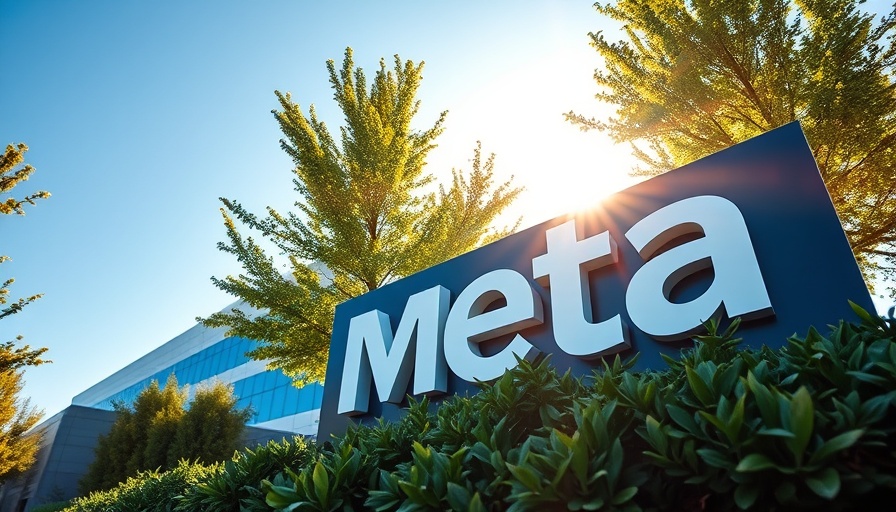
Understanding Meta's AI Model Benchmarks
Meta's recent introduction of its AI model, Maverick, has stirred significant discussion, particularly around its performance benchmarks. The model achieved the second position on LM Arena, yet concerns arise when it is revealed that the version tested may not align with what developers can access. This discrepancy raises crucial questions regarding transparency in how these benchmarks reflect true model capabilities.
The Implications of Tailoring AI Models
One of the pivotal issues highlighted by experts is the fine-tuning of AI models specifically for benchmark tests. This practice can create a misleading impression of a model’s utility in real-world applications. For healthcare providers looking to integrate AI into patient care, understanding this nuance is critical. If they assume the benchmark performance equals everyday efficiency, they may be rightfully disappointed.
The Role of Benchmarks in AI Development
Benchmarks are designed to provide insights into a model's strengths and weaknesses across a spectrum of tasks. However, the reliability of LM Arena as a benchmarking tool has been called into question. Critics argue that AI companies should disclose any modifications made to their models while testing on such platforms, ensuring that developers have a realistic expectation of the models' performance.
Looking Ahead: What Meta's Approach Means for Healthcare AI
As AI continues to permeate healthcare, clear and reliable benchmarks will be essential for ensuring that technologies can effectively meet the needs of healthcare providers. If discrepancies like those seen with Maverick persist, the potential for adopting AI to enhance patient outcomes could be hindered by misplaced trust in misleading benchmarks.
In conclusion, the evolving landscape of AI in healthcare necessitates a critical evaluation of the benchmarks that shape its development. Understanding how and why these standards may not convey the complete picture is vital for decision-makers in the healthcare realm seeking to leverage AI effectively for the benefit of their operations and patients.
 Add Row
Add Row  Add
Add 




Write A Comment